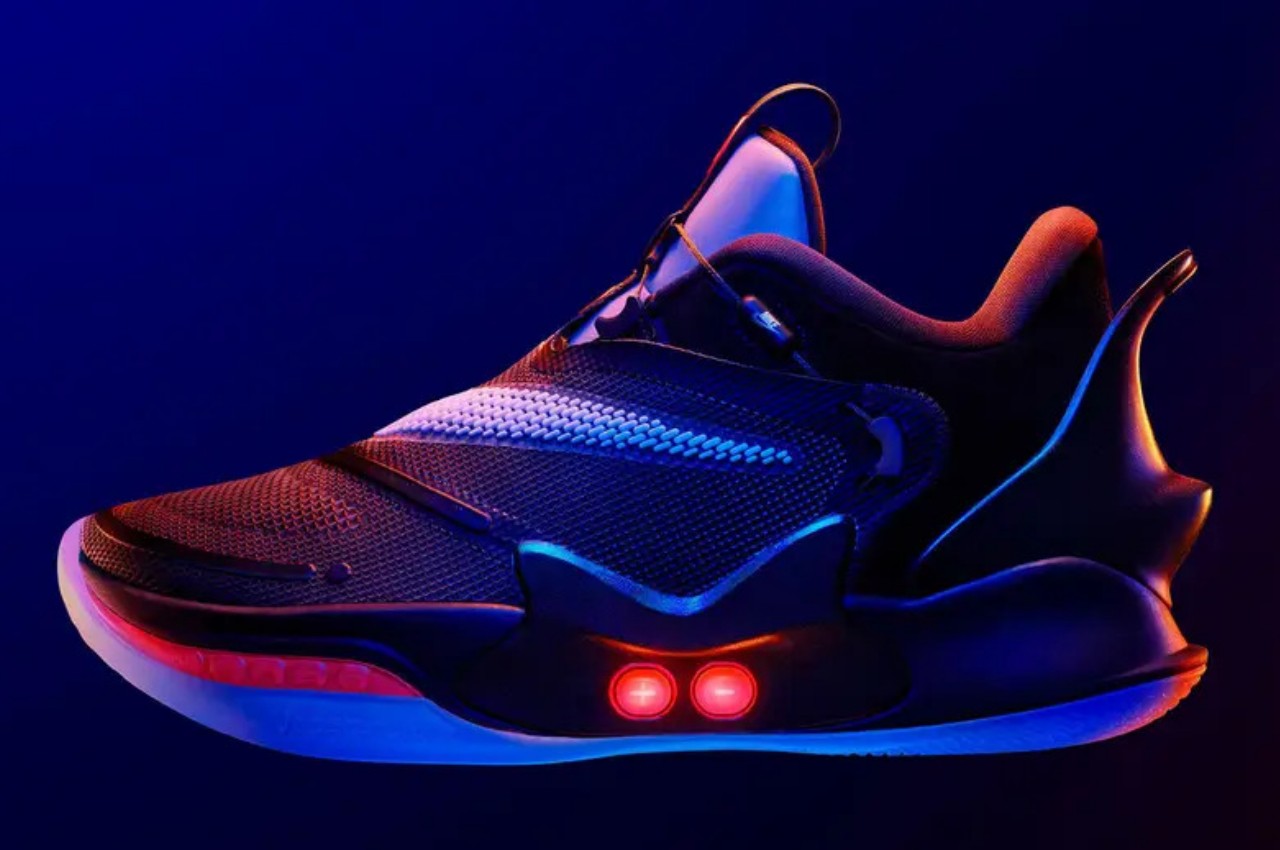
Ever since Marty McFly first showed off the idea of self-tying shoelaces in Back to the Future, the footwear industry has been trying to figure out how to turn that fantasy into a reality. As the brand that actually made the movie prop, Nike has been at the forefront of that endeavor and has, in fact, already launched a few pairs of “self-lacing” sneakers years ago. It may have been a hit back then because of its novelty, but the shoe company no longer found any reason to make new ones or to continue supporting the ones that already exist. In fact, it just announced not only the discontinuation of this unique Adapt BB line but also of its app, which will leave some owners rethinking their purchase.
Designer: Nike
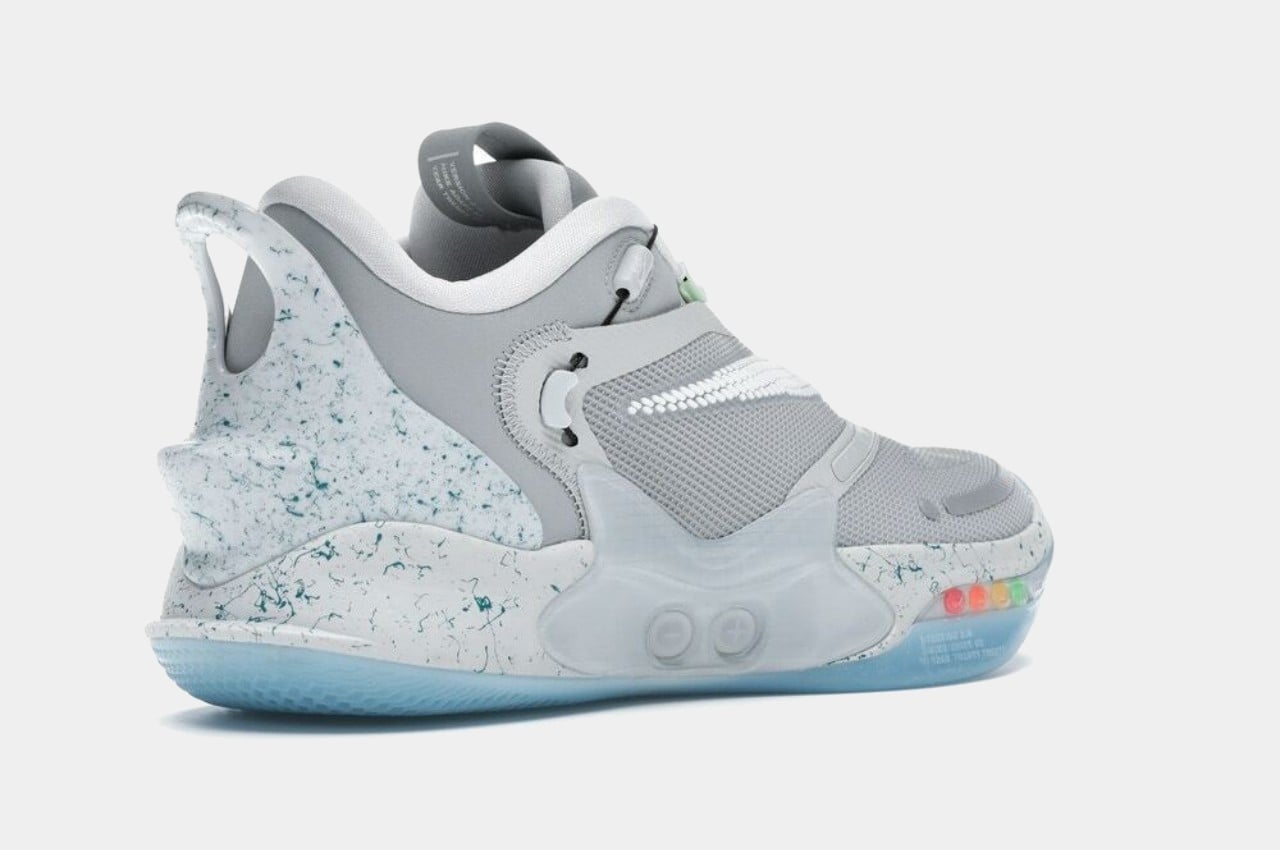
“Self-lacing sneakers” are not as magical as they might sound, simply utilizing magnets and electronics to tighten or loosen the shoes. For the Adapt BB line that launched in 2019, you could do this, along with other functions, by pressing buttons on the side of the shoes or, more conveniently, using a smartphone app. That app also provided settings you can’t very well make on the shoes themselves, particularly changing the colors of the buttons’ lights or saving three preset tightness settings.
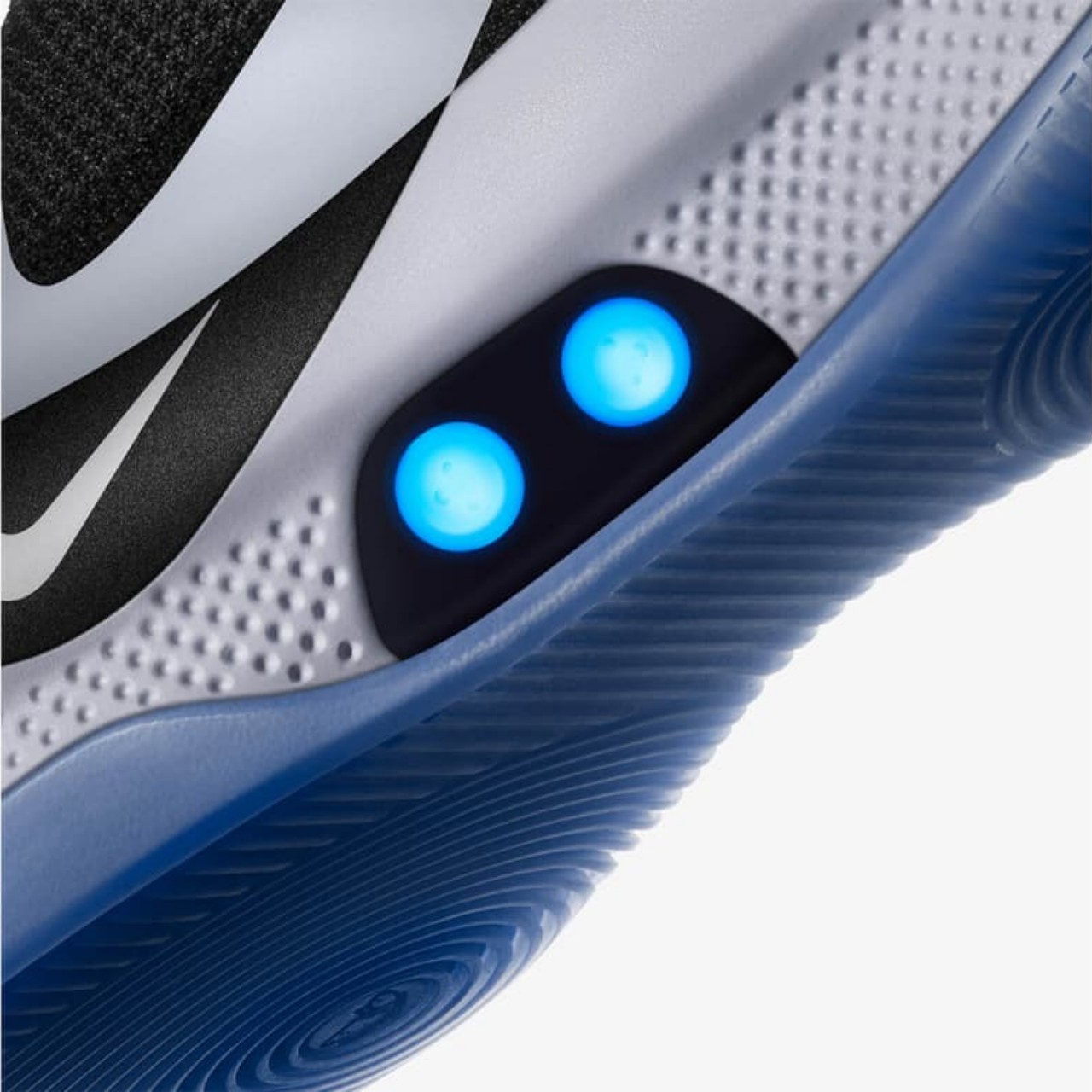
Nike, however, has discontinued its self-lacing sneakers, and on August 6th, it will also be dropping its mobile apps. Owners of Adapt BBs don’t have to panic, at least not yet, because they can still install the app until that date, and the app will stay installed on their phones even when it disappears from Google Play Store and the Apple App Store. That does mean, however, that you can no longer install or even transfer the app after that day, so if you lose your phone or change devices, you’ll be out of luck.
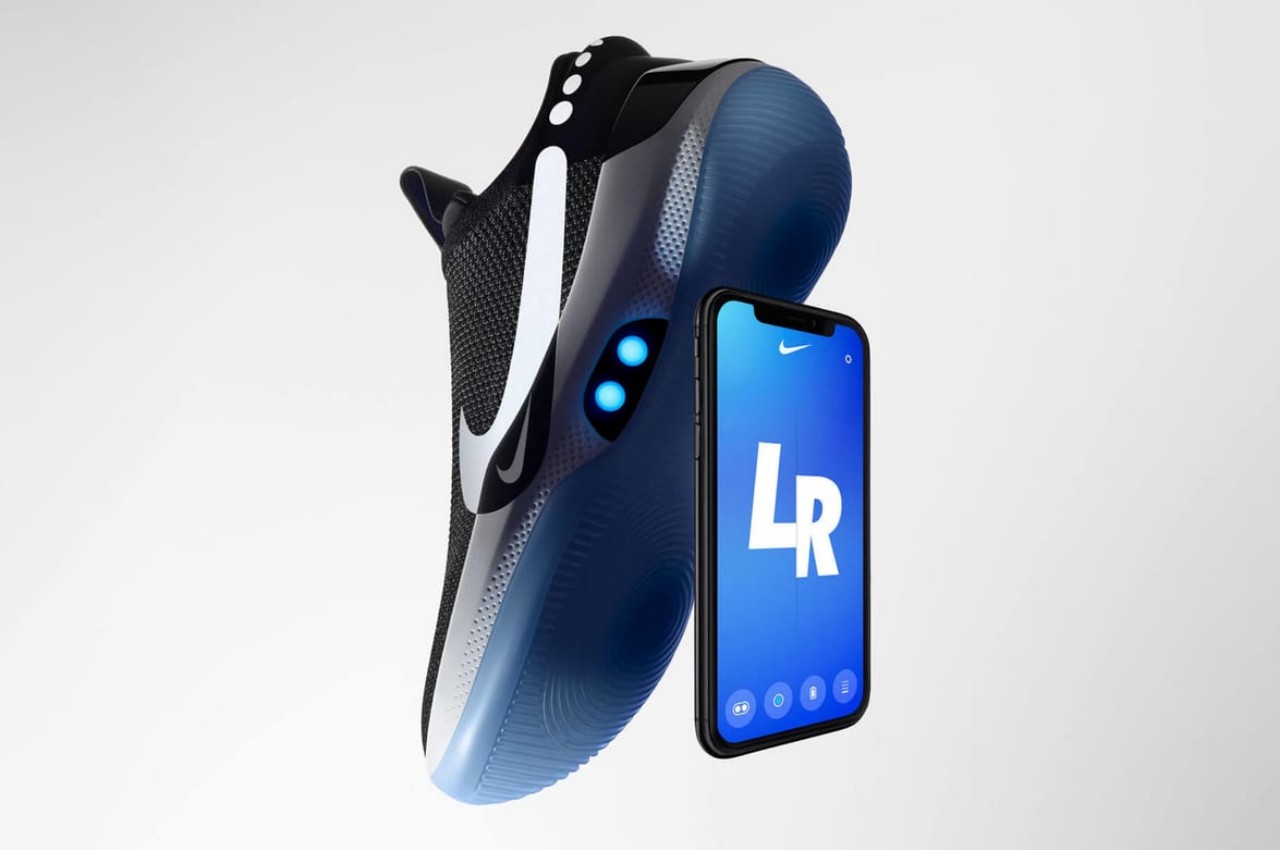
Fortunately, the shoes themselves will continue working even without the app, but it will mostly be a manual affair without some conveniences. You will not be able to change light colors anymore, for example, and there will only be one preset remembered. You can, however, still tighten or loosen the shoe by pressing the buttons, which require you to bend over like any ordinary shoe. It might still seem a bit advanced, but no longer as mind-blowing as the original.
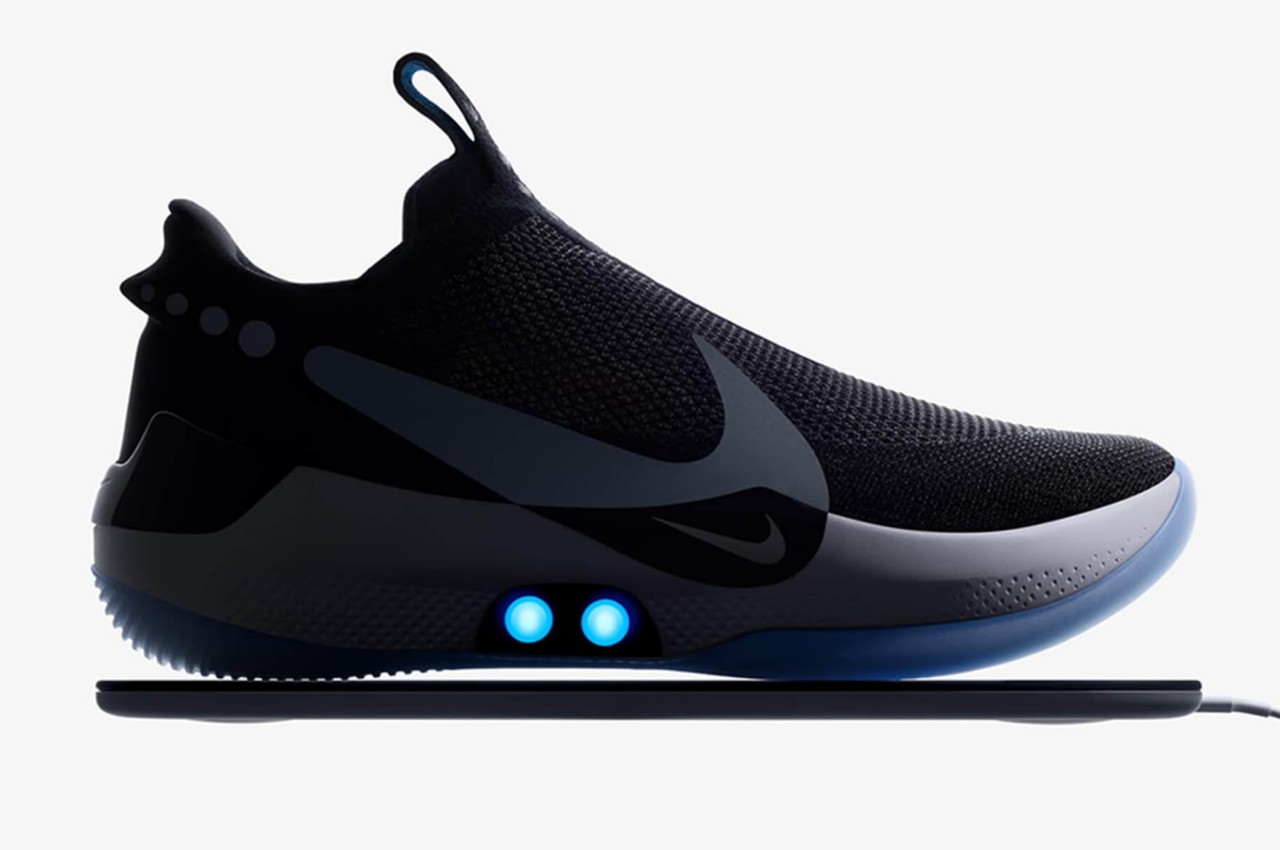
The announcement, however, does bring a few concerns and questions to mind. For one, the Adapt BB will lose one of its biggest appeal: its accessibility for people who might have difficulty lacing and unlacing sneakers. It also paints a somewhat dubious future for smart wearables like these. While people are used to changing phones almost every two years and for manufacturers to drop support sooner rather than later, most of us keep our wardrobe and footwear until they’re no longer usable, and manufacturer support is rare if not unheard of.
The post Nike self-lacing sneakers are losing their app and their biggest value first appeared on Yanko Design.


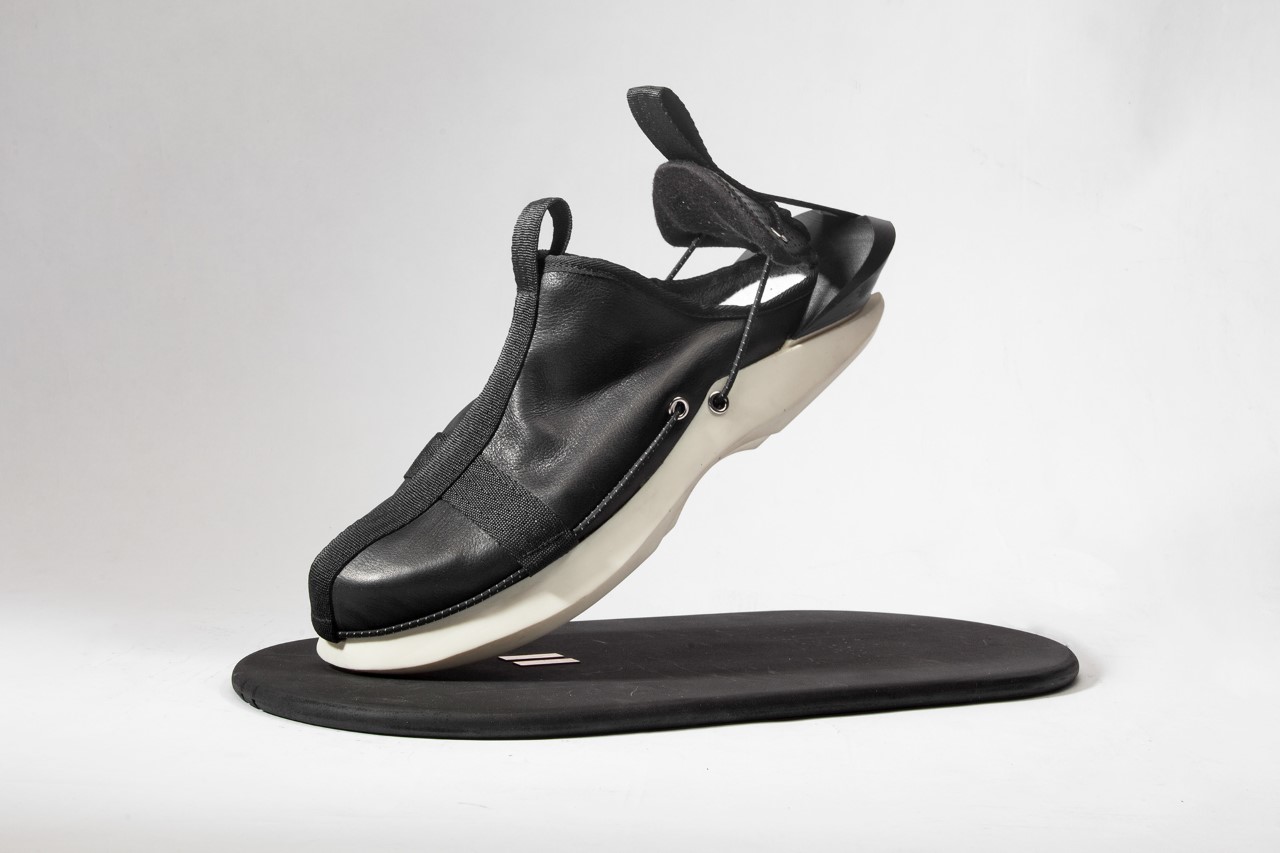
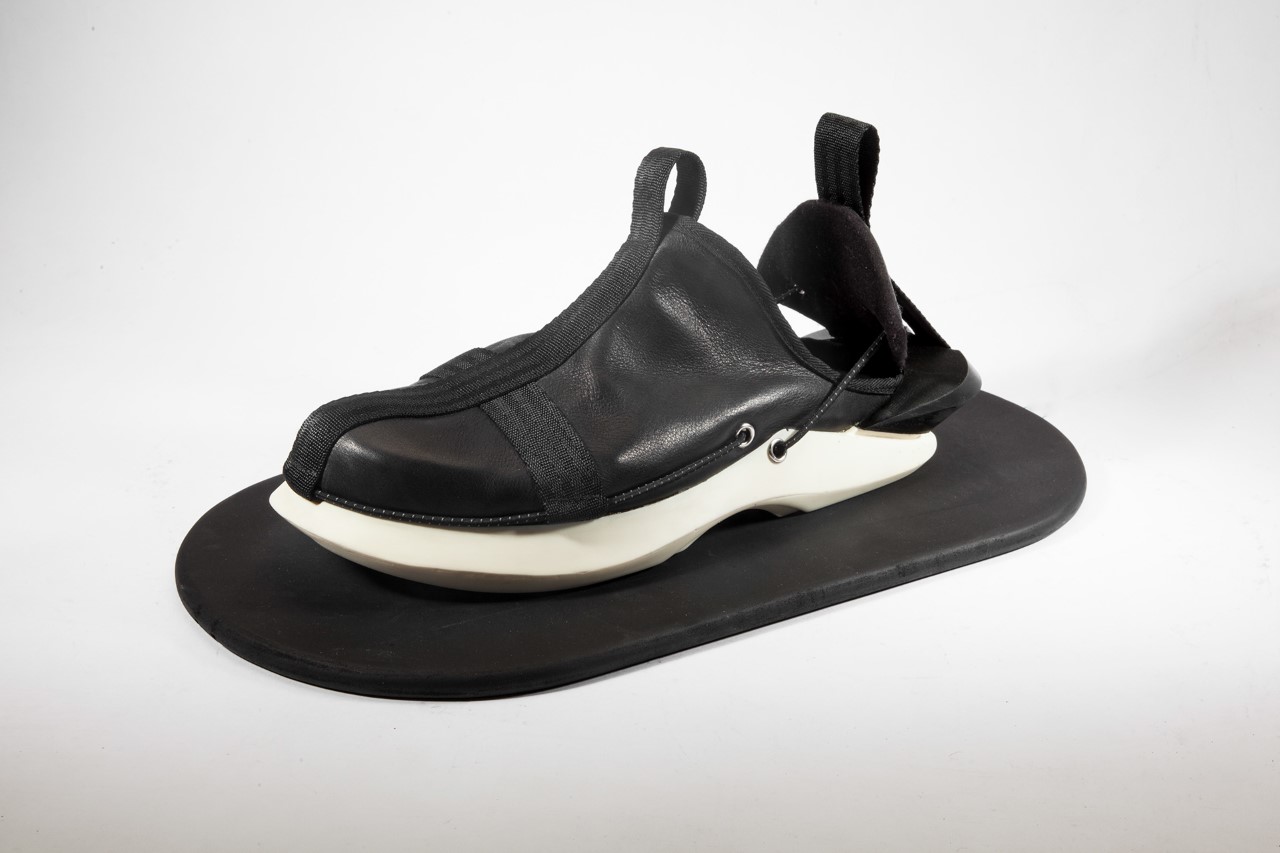
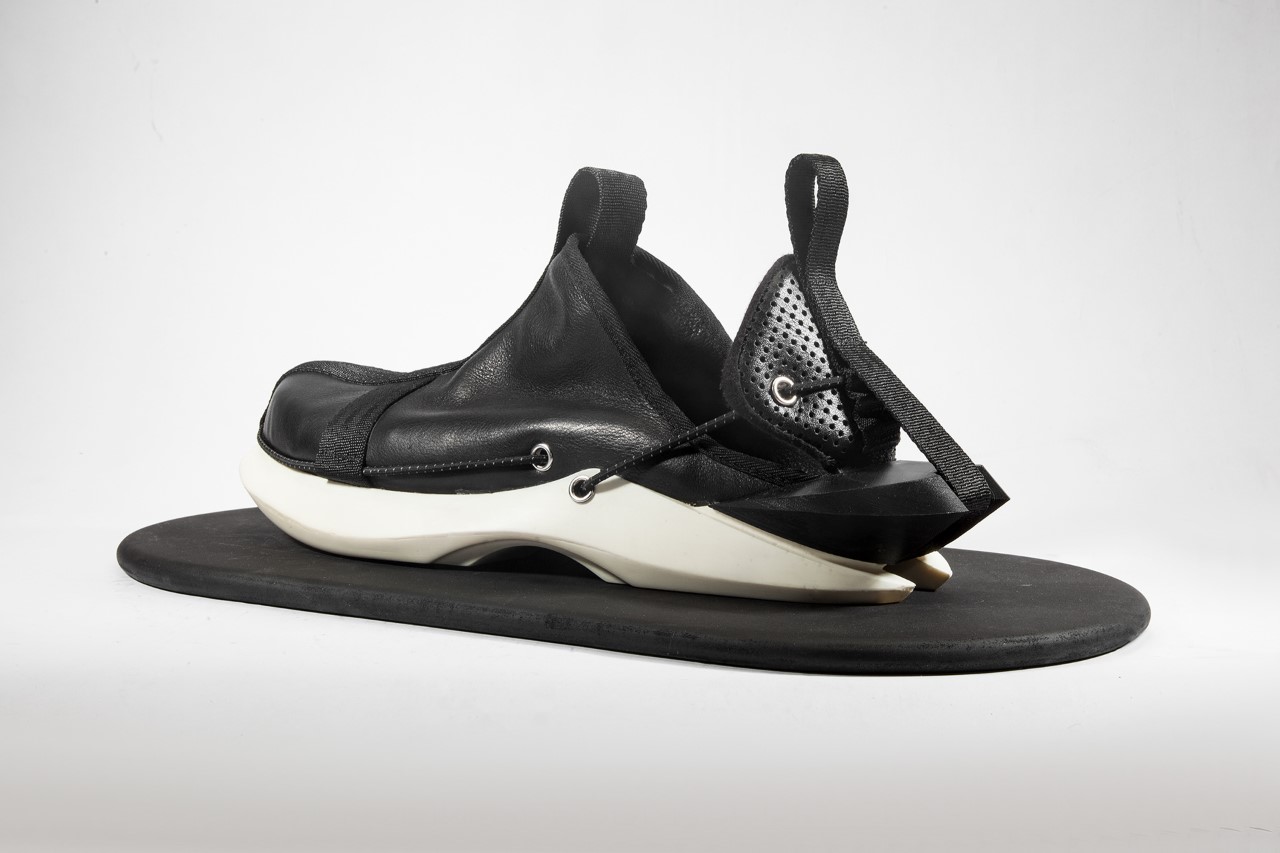
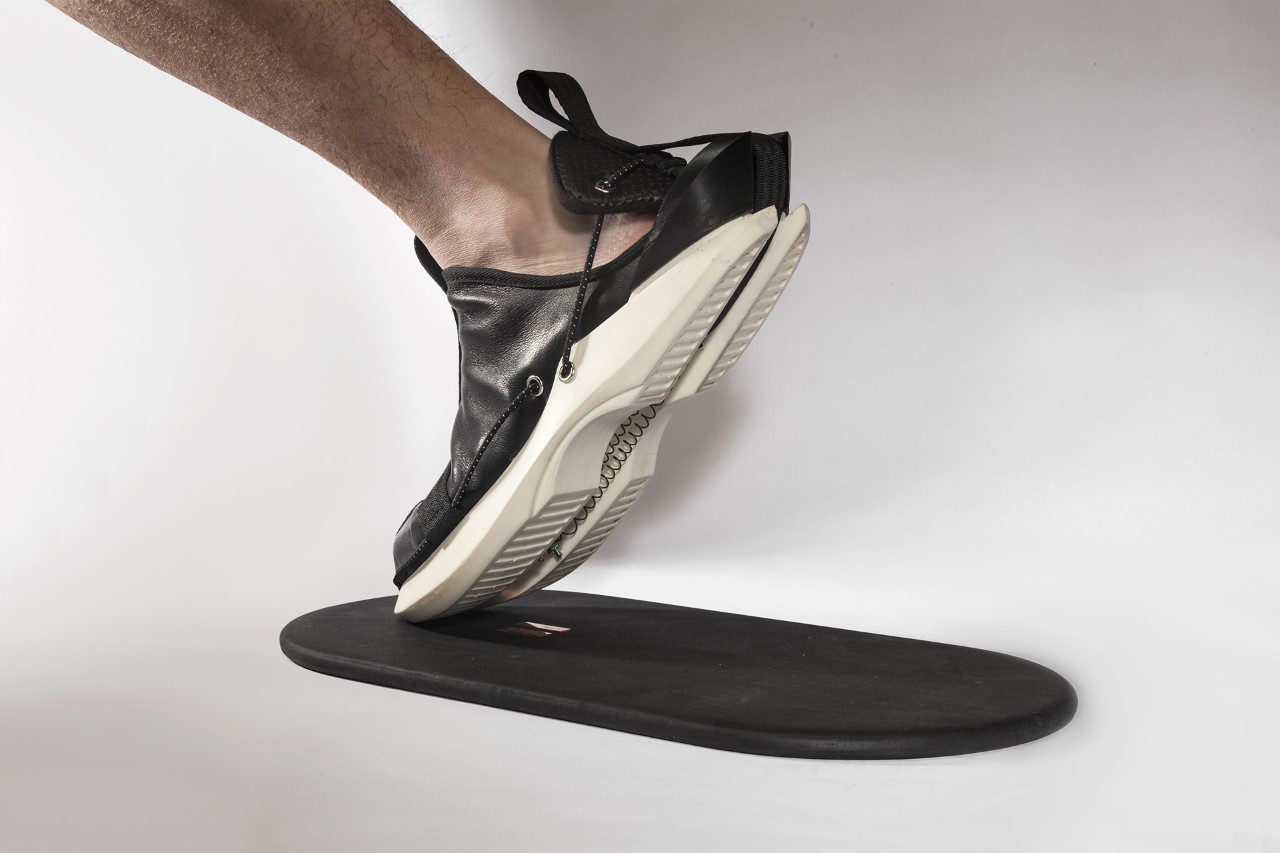
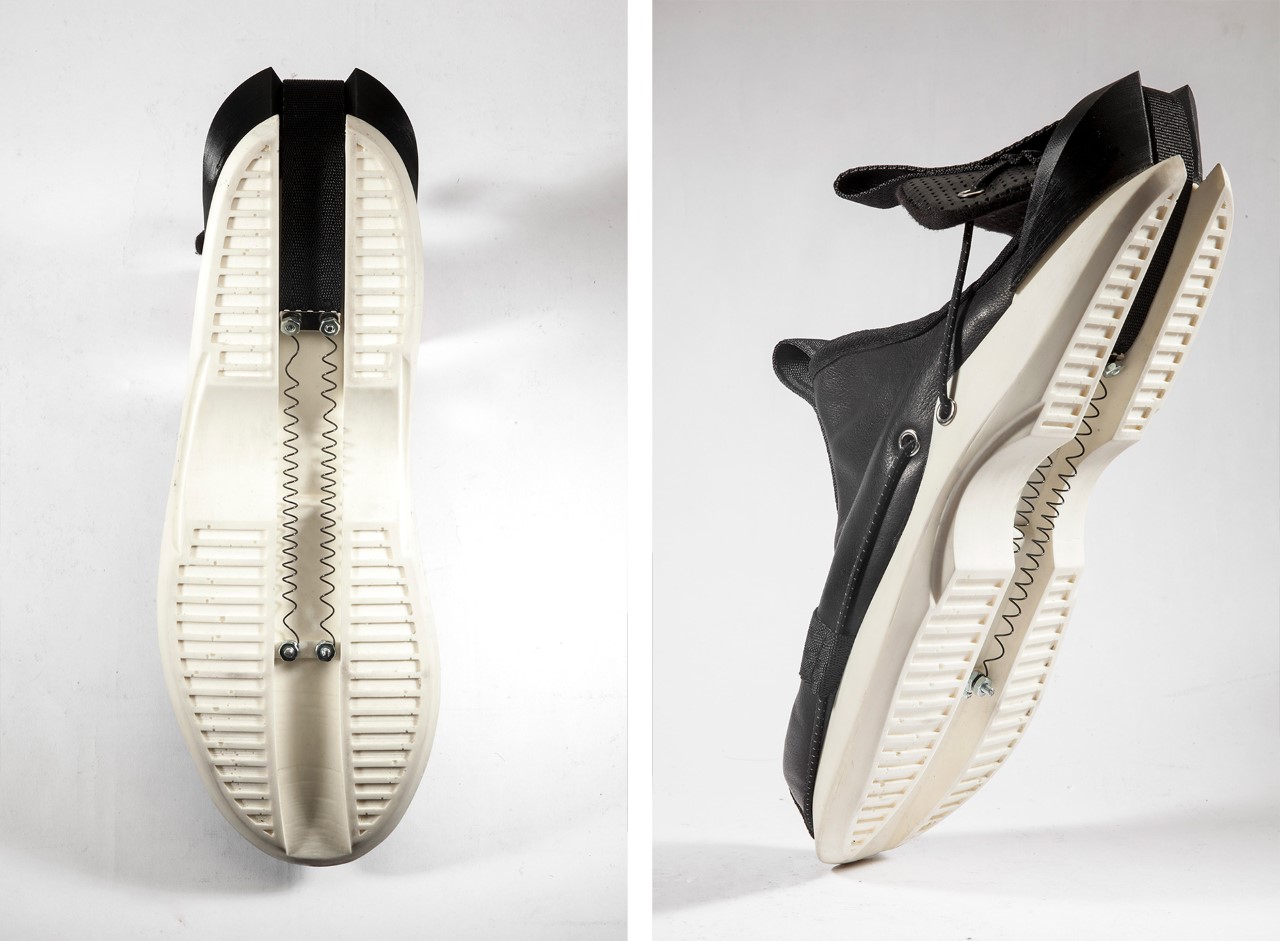
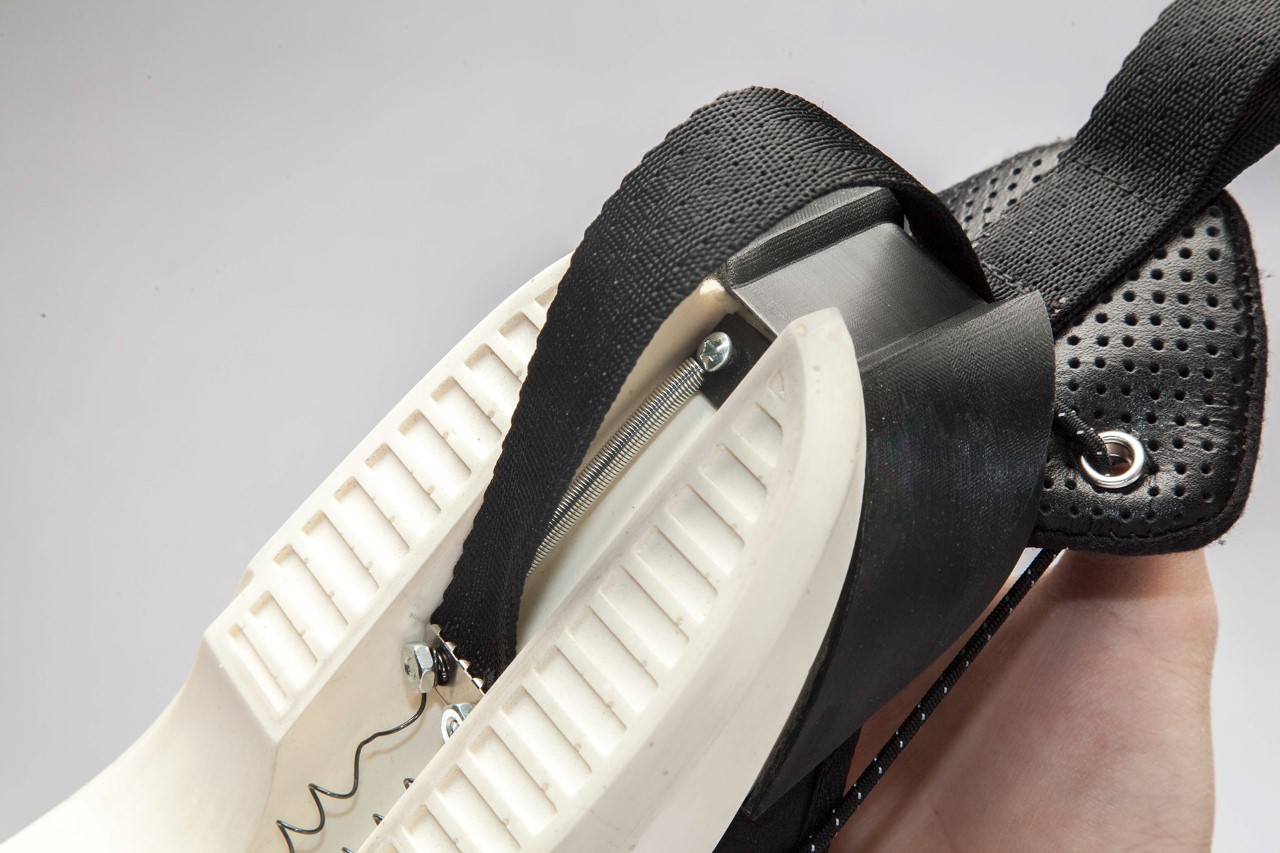
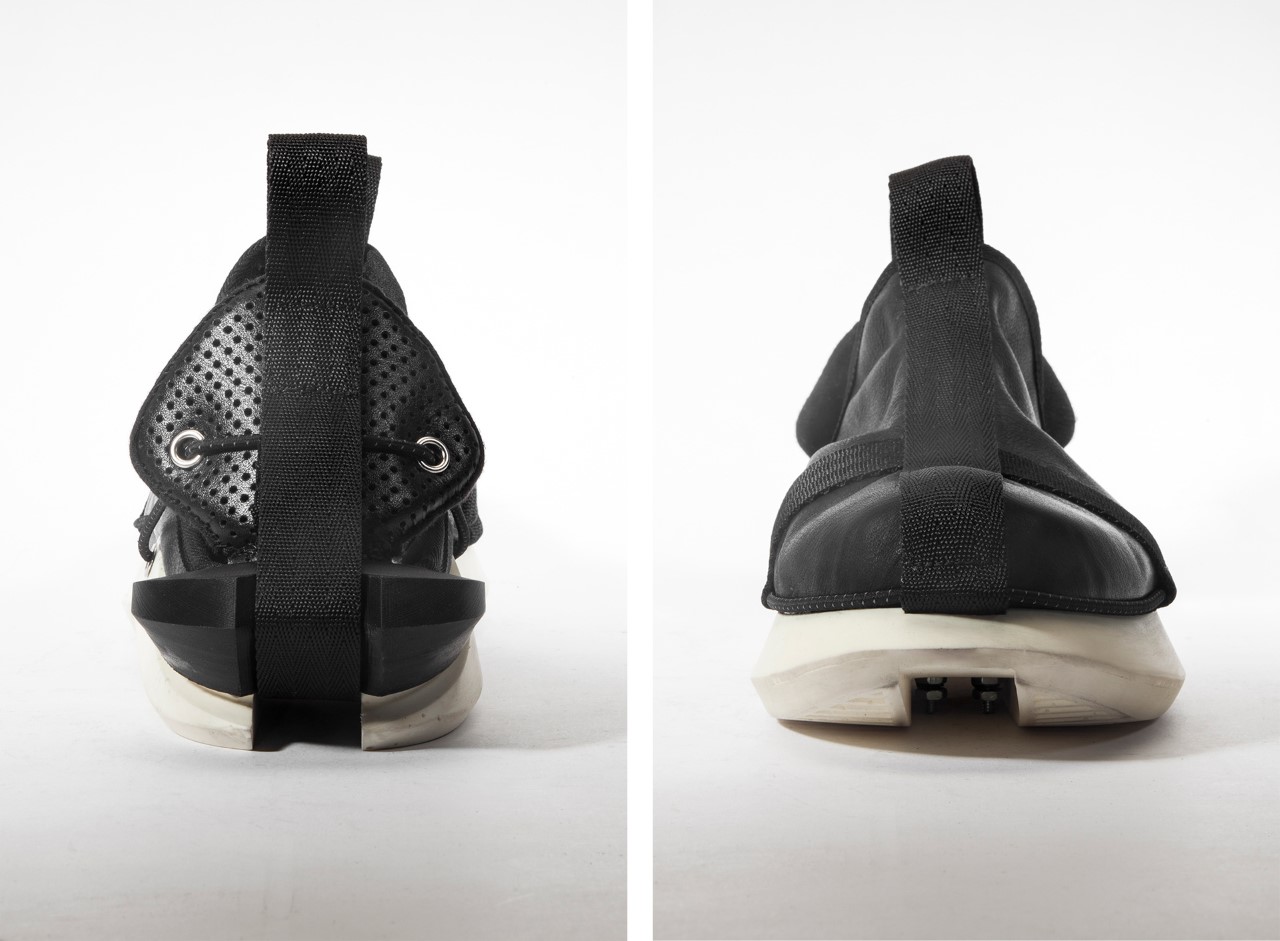
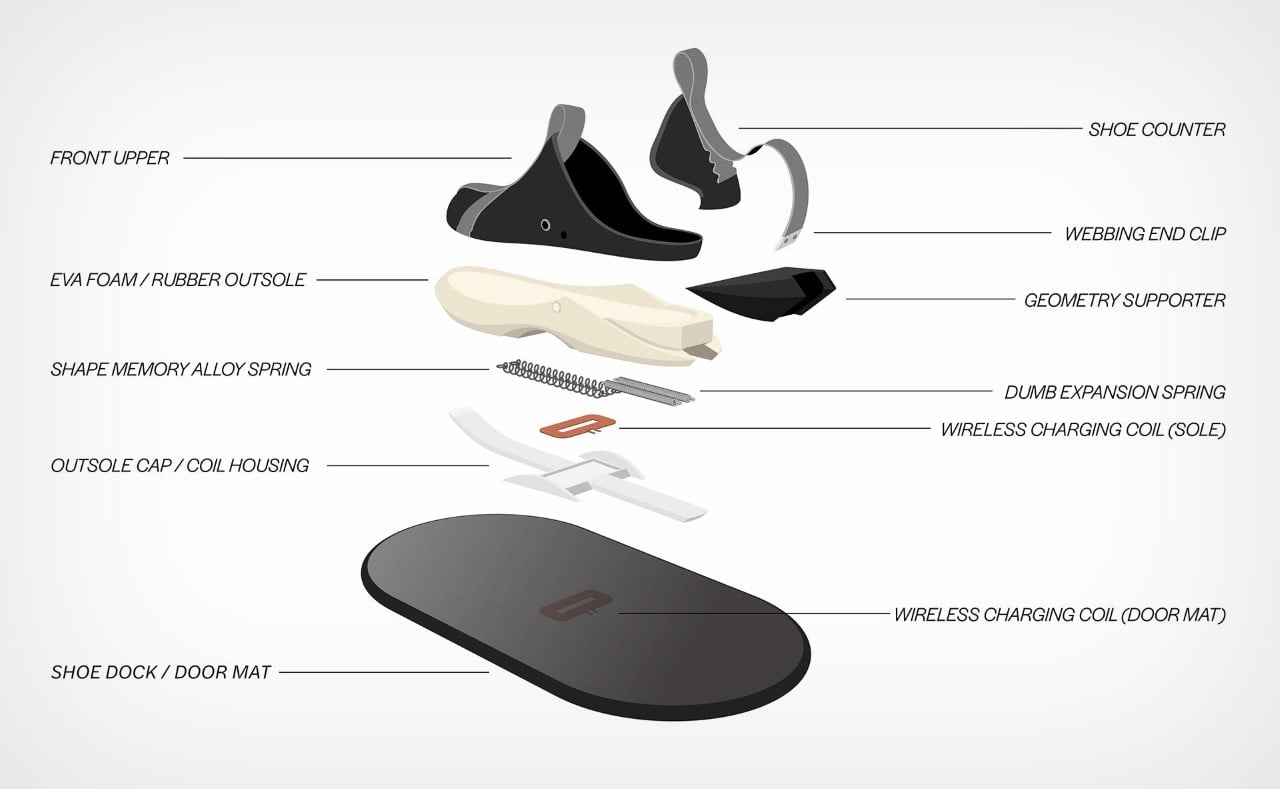

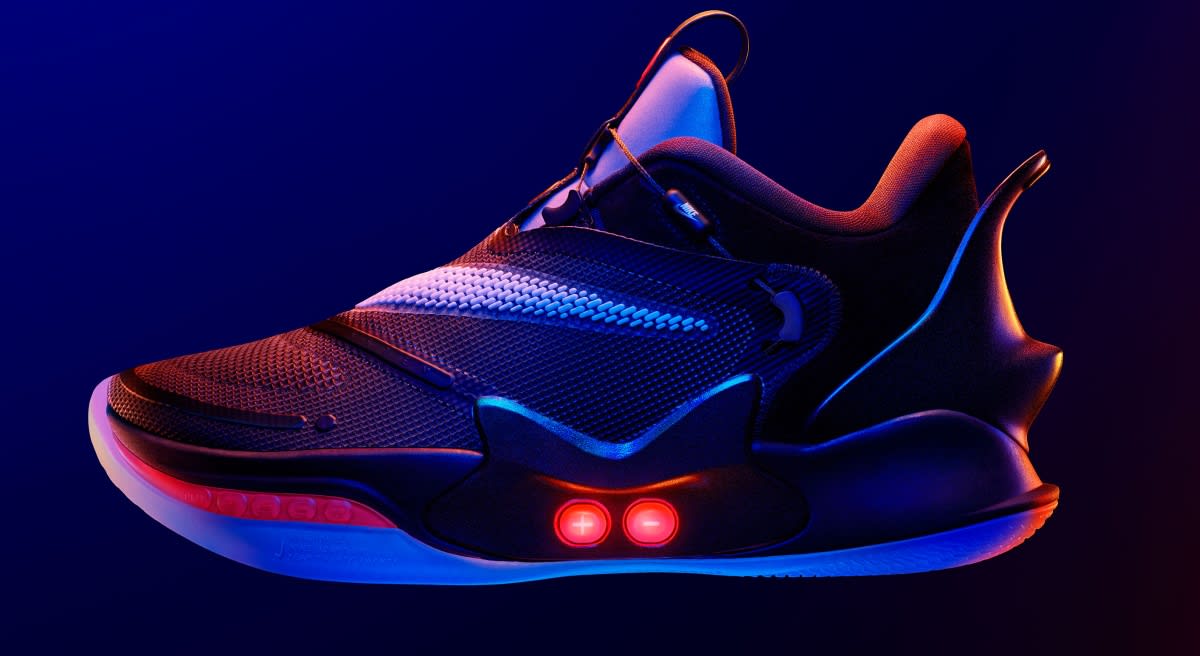 Last year Nike applied self-tightening / self-lacing tech to a basketball shoe for the first time with its Adapt BB. Now the Adapt BB 2.0 is ready to go on sale this Sunday as the NBA celebrates All-Star Weekend. The shoes have already been worn in-g...
Last year Nike applied self-tightening / self-lacing tech to a basketball shoe for the first time with its Adapt BB. Now the Adapt BB 2.0 is ready to go on sale this Sunday as the NBA celebrates All-Star Weekend. The shoes have already been worn in-g...
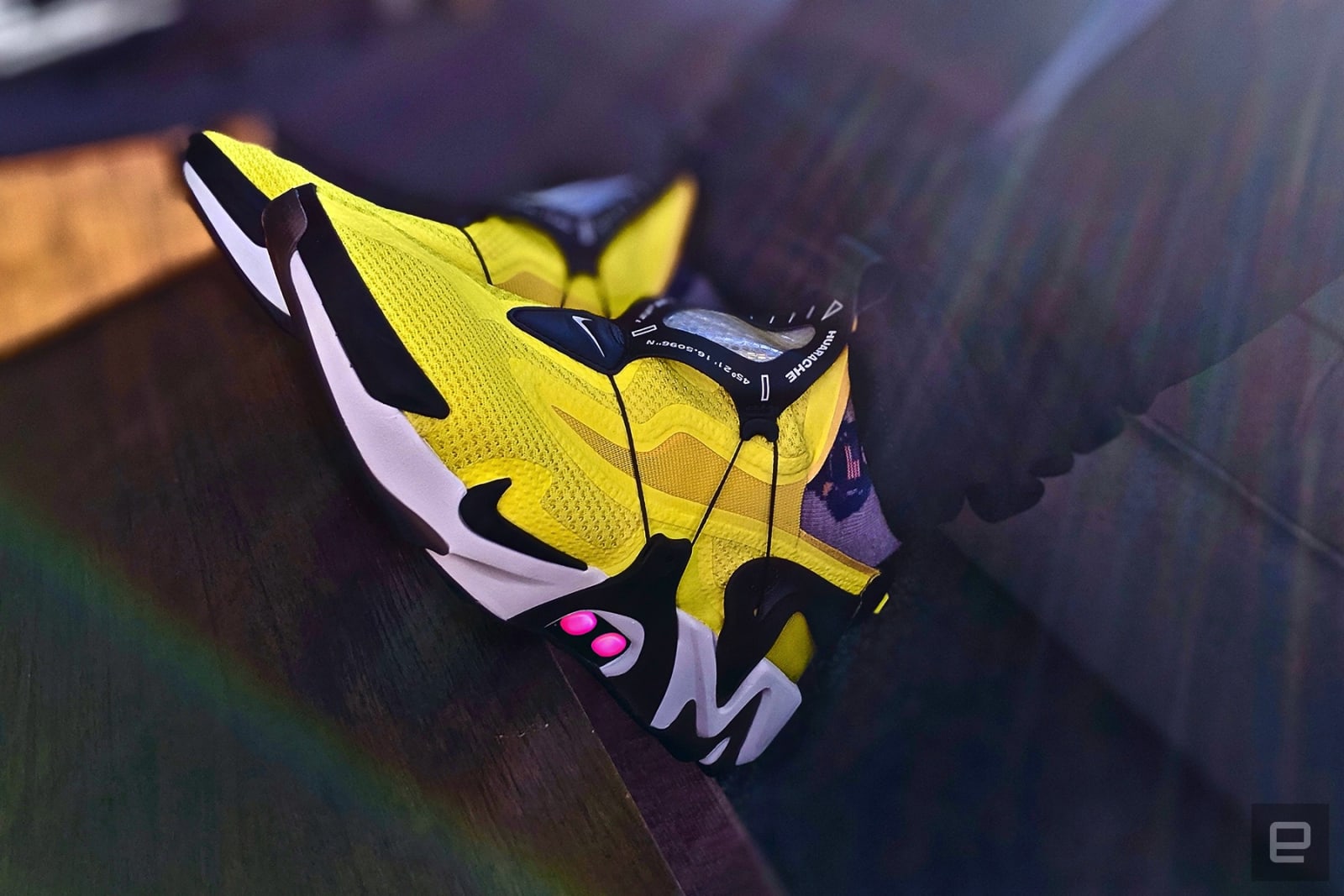 This probably isn't shocking to anyone who knows me, but I love sneakers perhaps too much for my own good. So, when Nike introduced the Adapt BB with power laces earlier this year, I was pretty intrigued: it brought two of my favorite worlds together...
This probably isn't shocking to anyone who knows me, but I love sneakers perhaps too much for my own good. So, when Nike introduced the Adapt BB with power laces earlier this year, I was pretty intrigued: it brought two of my favorite worlds together...
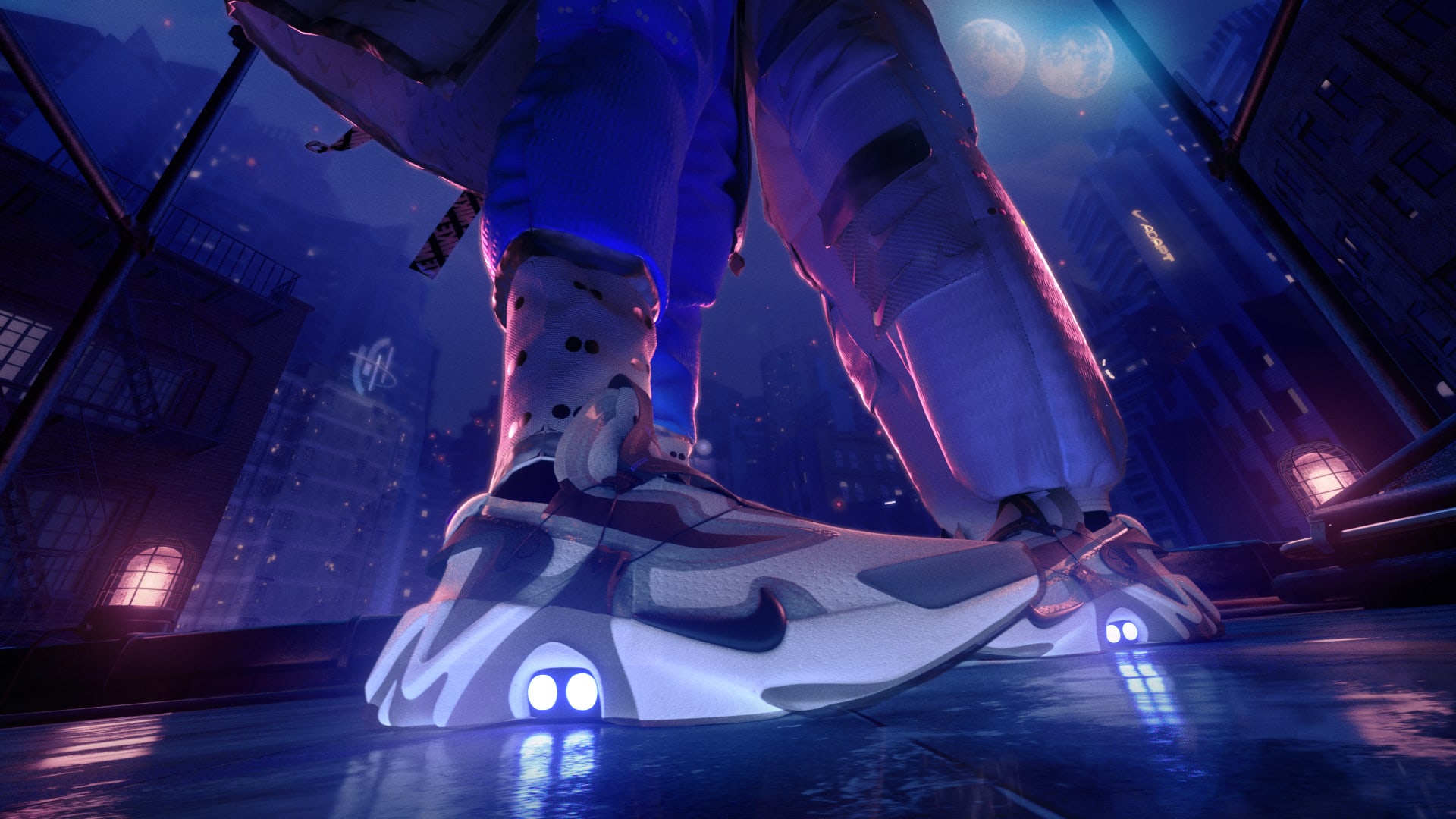 The late '80s and early '90s are fondly remembered by Nike fans. The Air Max 1 and Air Max 90 redefined sneaker designs with their "visible air" heel units. The Air Huarache crossed over from runners to fashion-conscious city-dwellers thanks to its u...
The late '80s and early '90s are fondly remembered by Nike fans. The Air Max 1 and Air Max 90 redefined sneaker designs with their "visible air" heel units. The Air Huarache crossed over from runners to fashion-conscious city-dwellers thanks to its u...
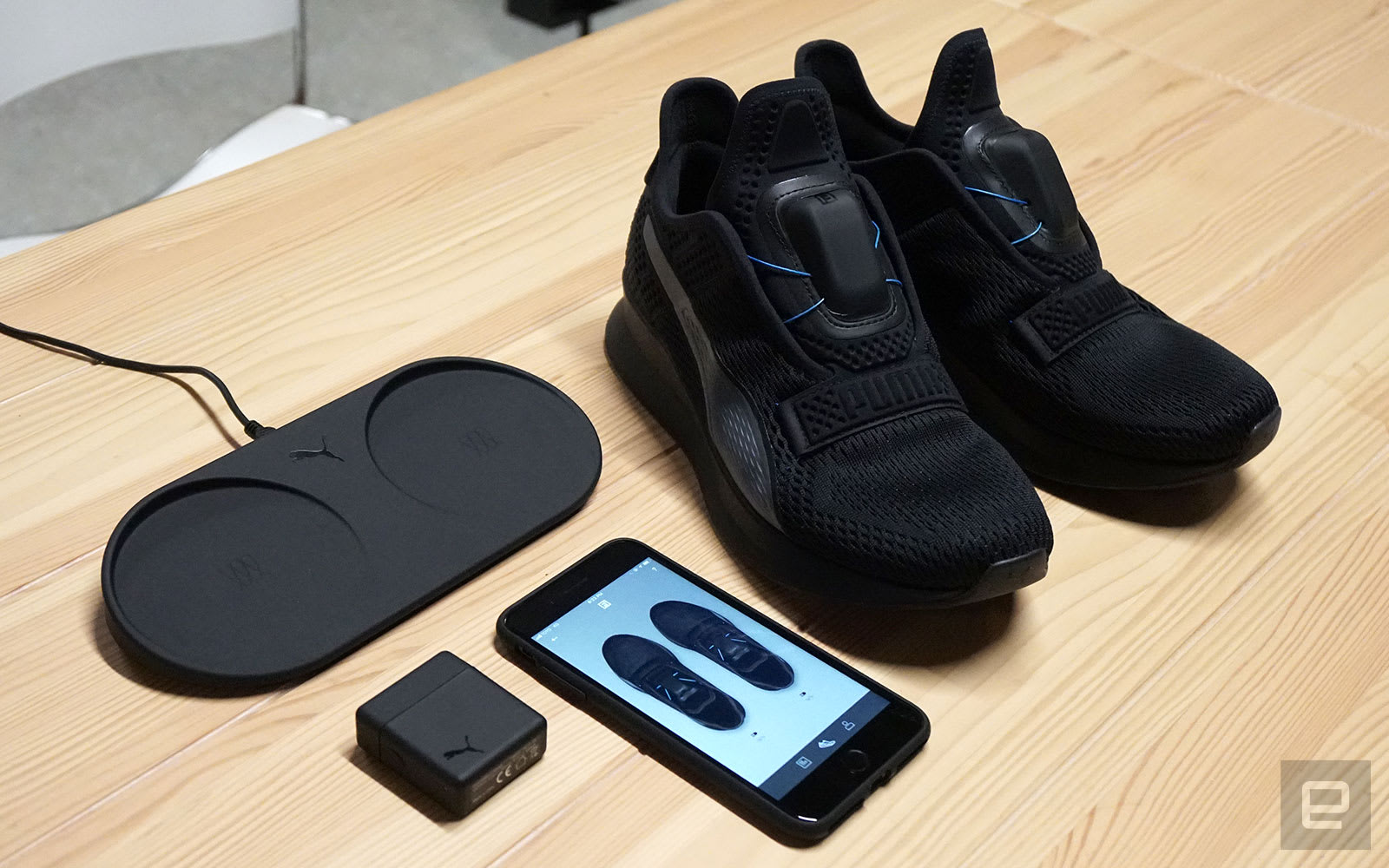 When Engadget took an exclusive look at the Puma Fi self-lacing shoes earlier this year, the company teased an upcoming beta program for those who want to try their luck. Well, the time has come. Between now and April 28th, you can apply for the Puma...
When Engadget took an exclusive look at the Puma Fi self-lacing shoes earlier this year, the company teased an upcoming beta program for those who want to try their luck. Well, the time has come. Between now and April 28th, you can apply for the Puma...
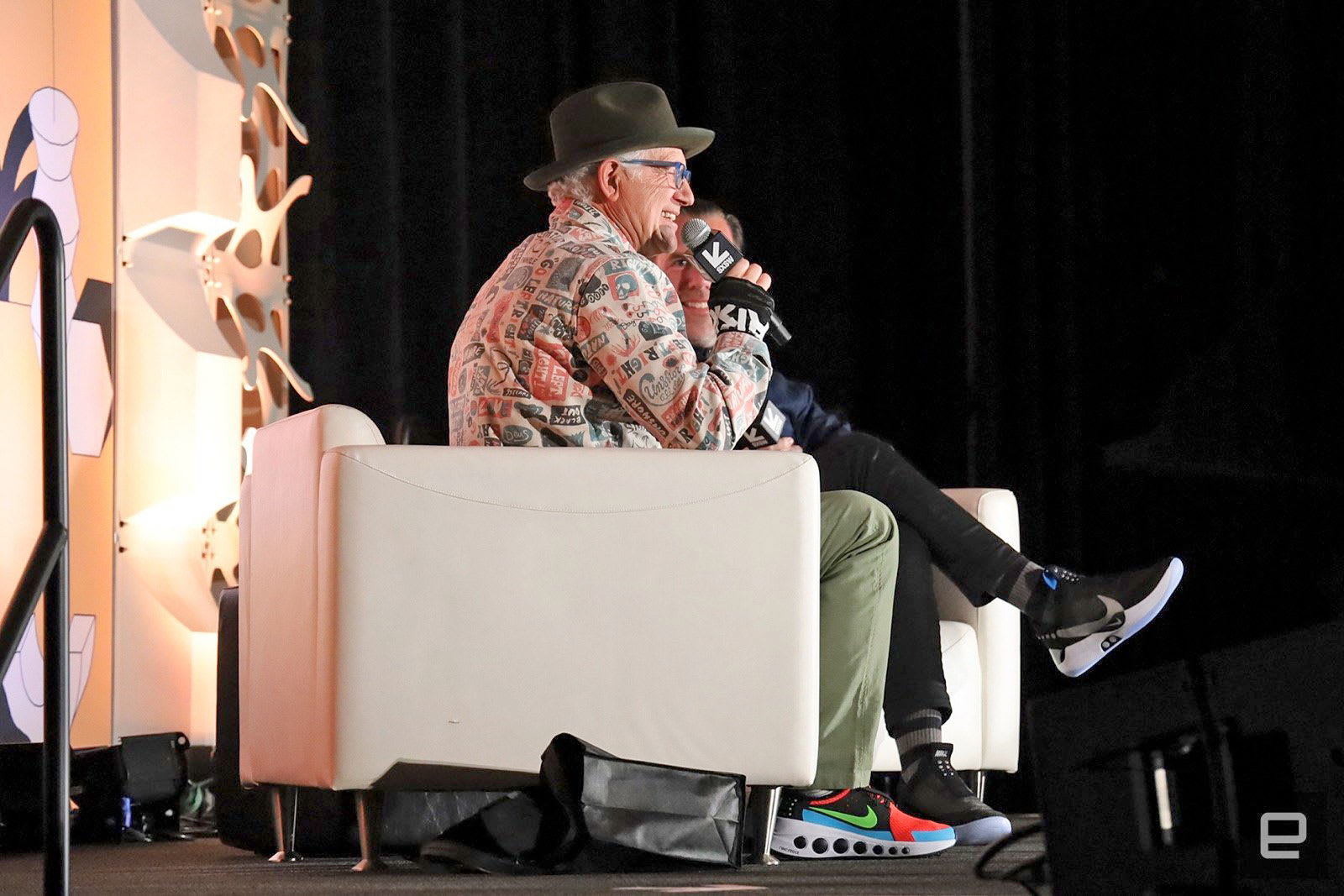 Tinker Hatfield made people jump off their seat at a SXSW 2019 panel. Literally. The legendary Nike designer, who's behind the Air Max and most iconic Air Jordans, took off the sneakers he wore to the stage and gave them away to one lucky person in t...
Tinker Hatfield made people jump off their seat at a SXSW 2019 panel. Literally. The legendary Nike designer, who's behind the Air Max and most iconic Air Jordans, took off the sneakers he wore to the stage and gave them away to one lucky person in t...
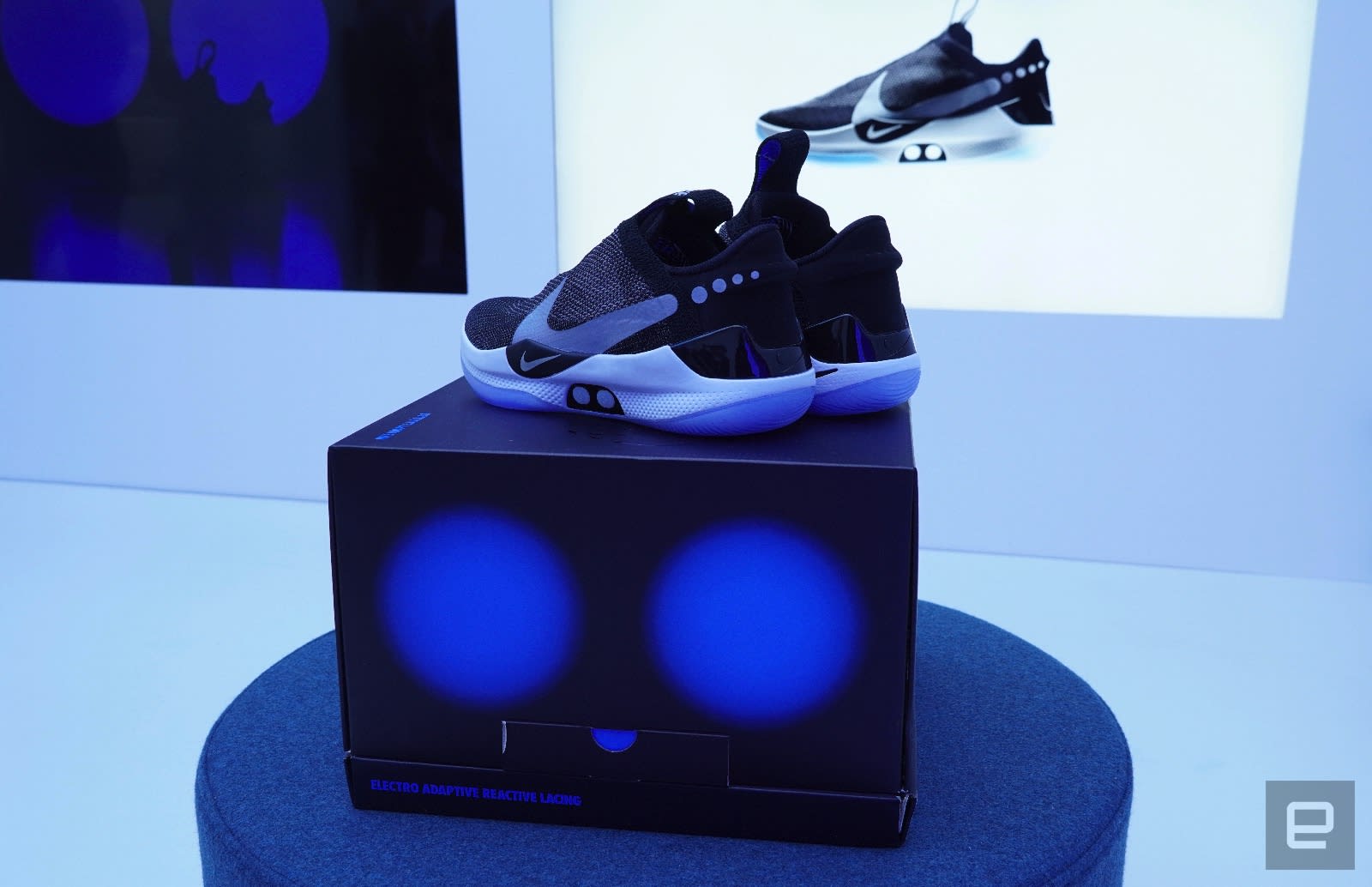 It was exactly a month ago that Nike took the wraps off of Adapt BB, its latest pair of shoes with power laces, and now the company is finally ready to bring them to the masses. The Adapt BB will launch globally on February 17th, although some lucky...
It was exactly a month ago that Nike took the wraps off of Adapt BB, its latest pair of shoes with power laces, and now the company is finally ready to bring them to the masses. The Adapt BB will launch globally on February 17th, although some lucky...
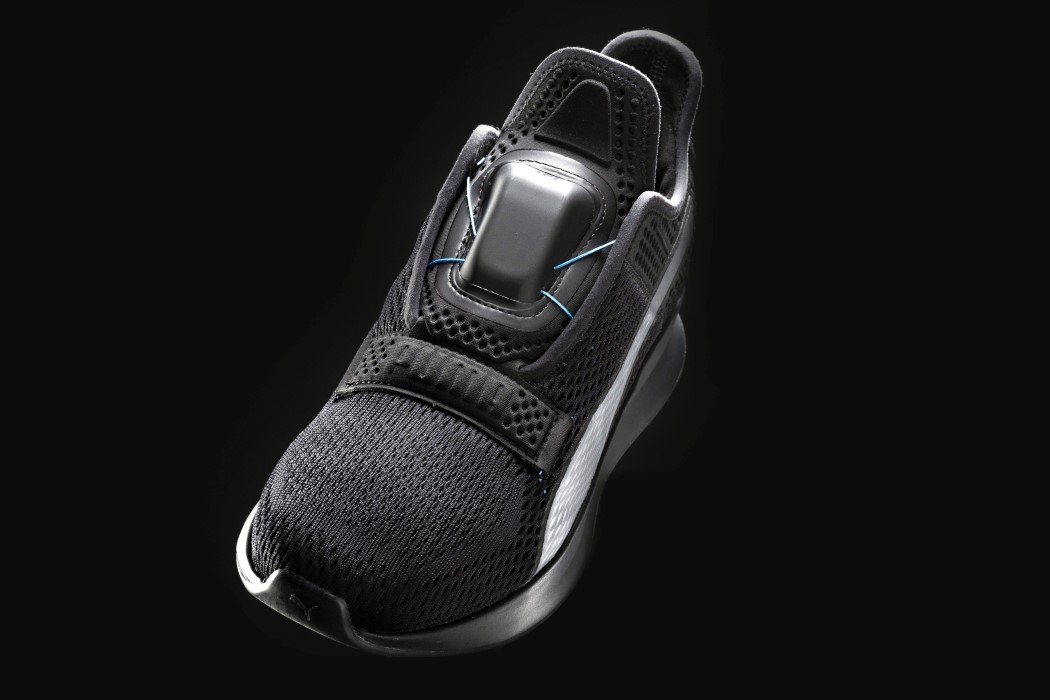
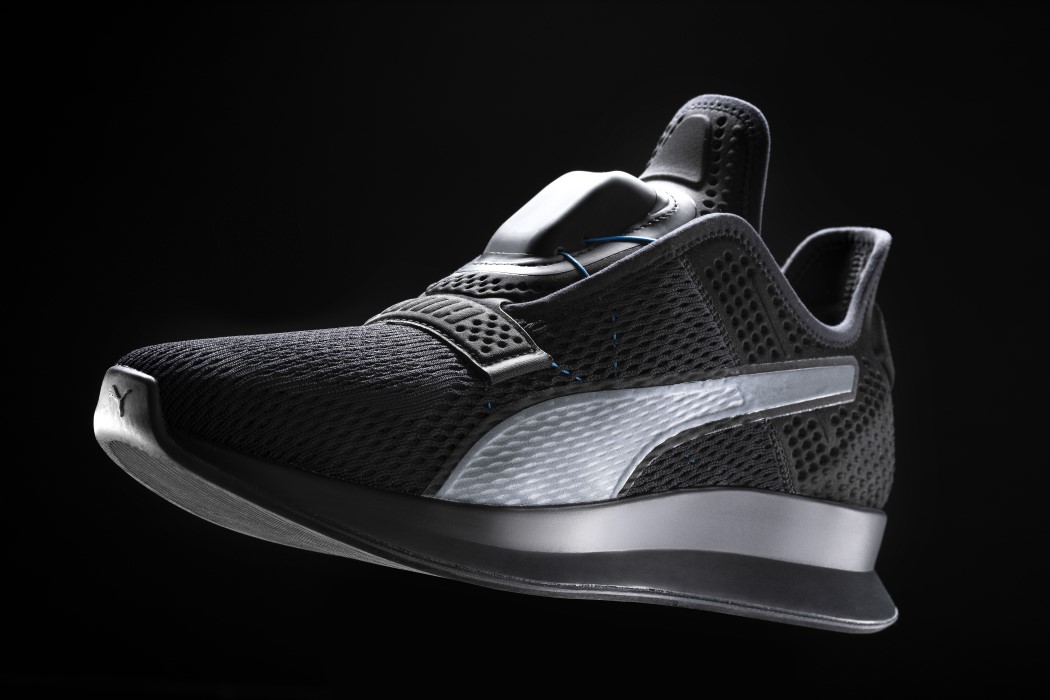
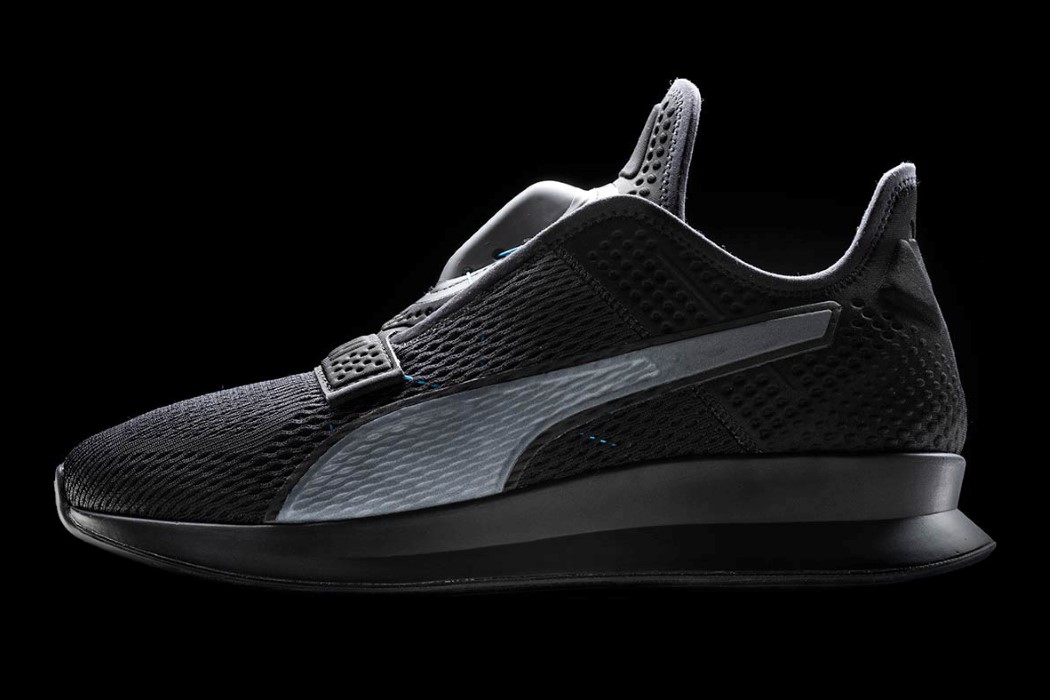
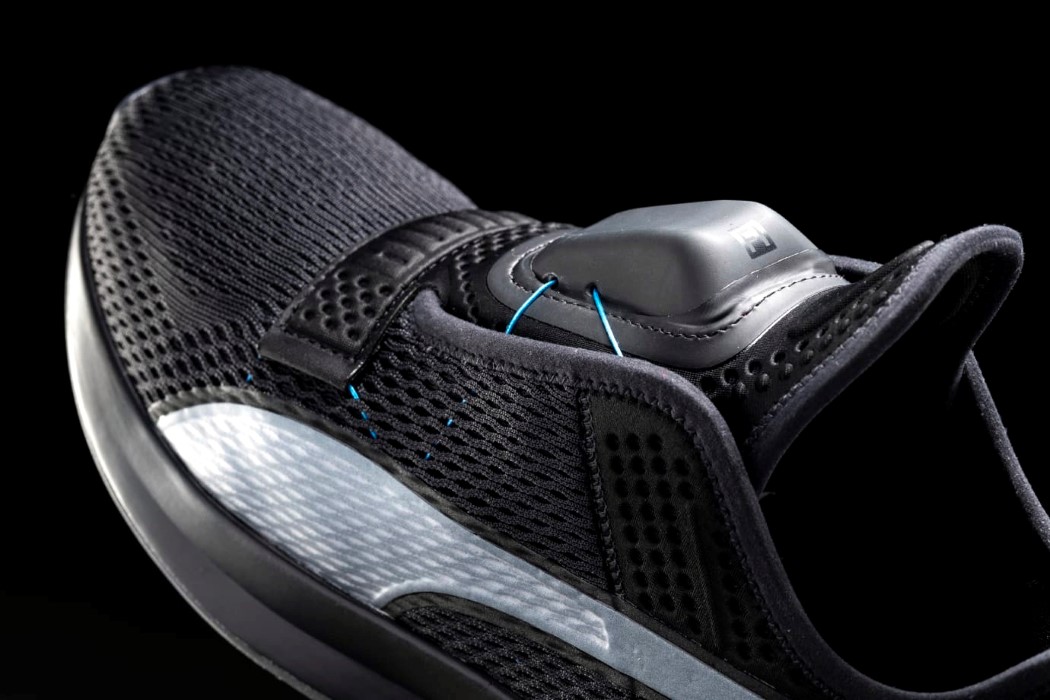
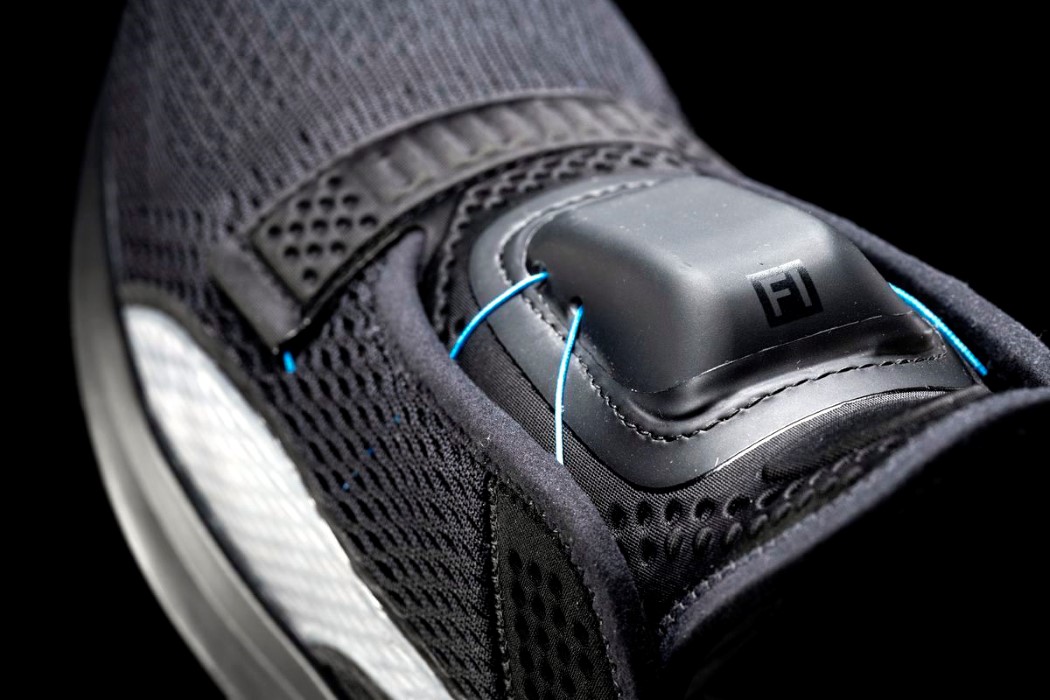
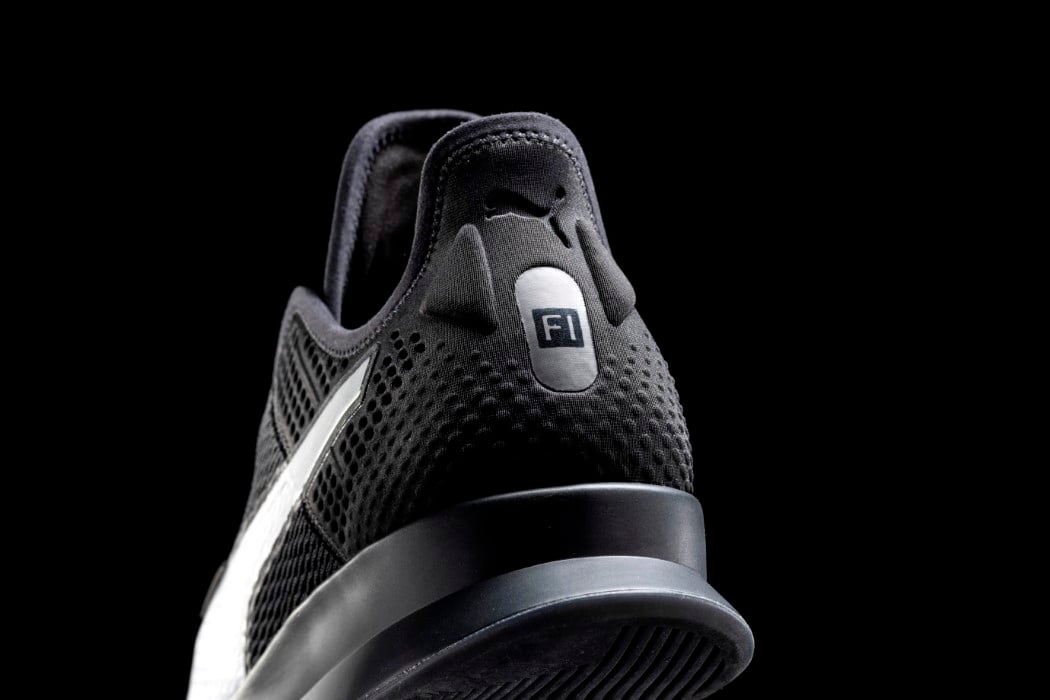
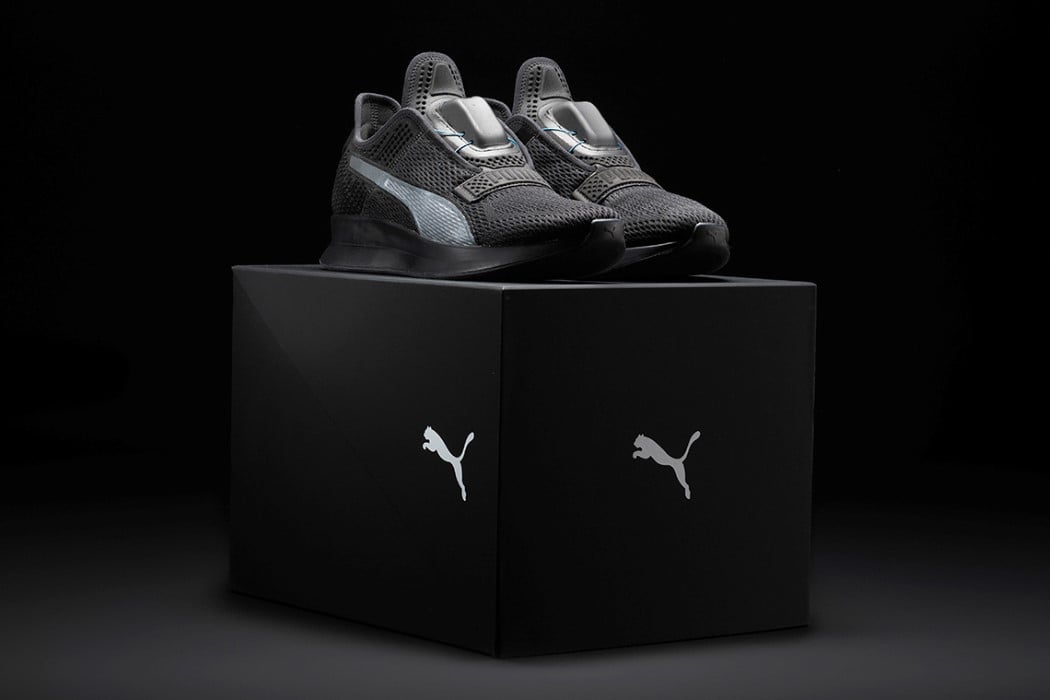
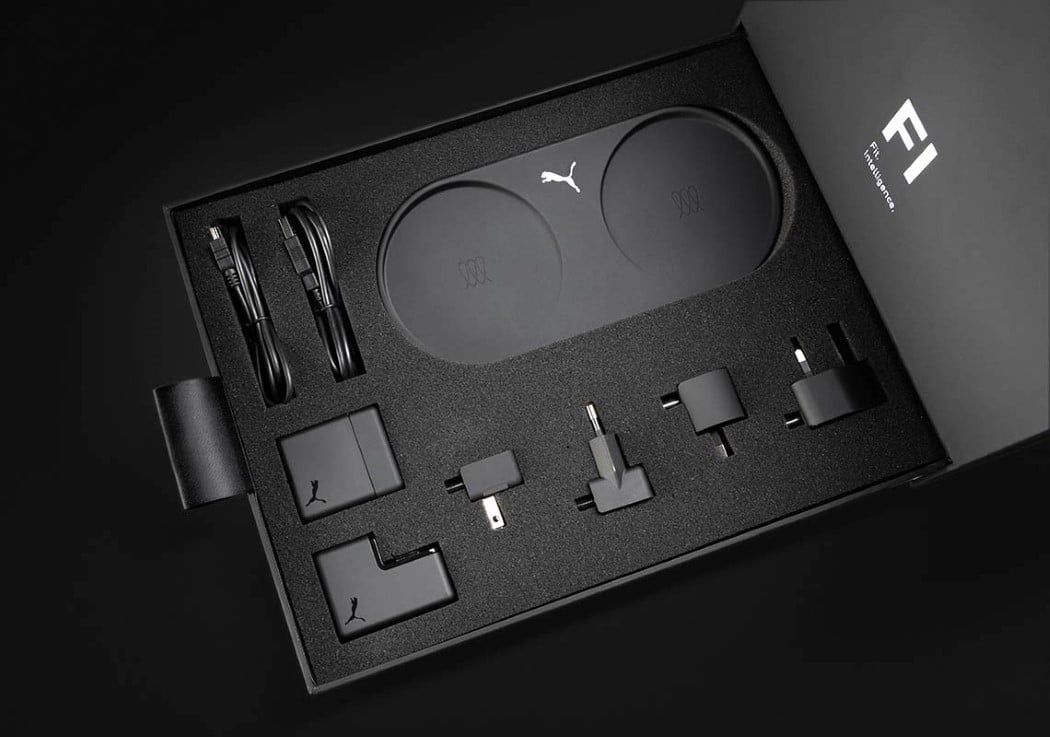

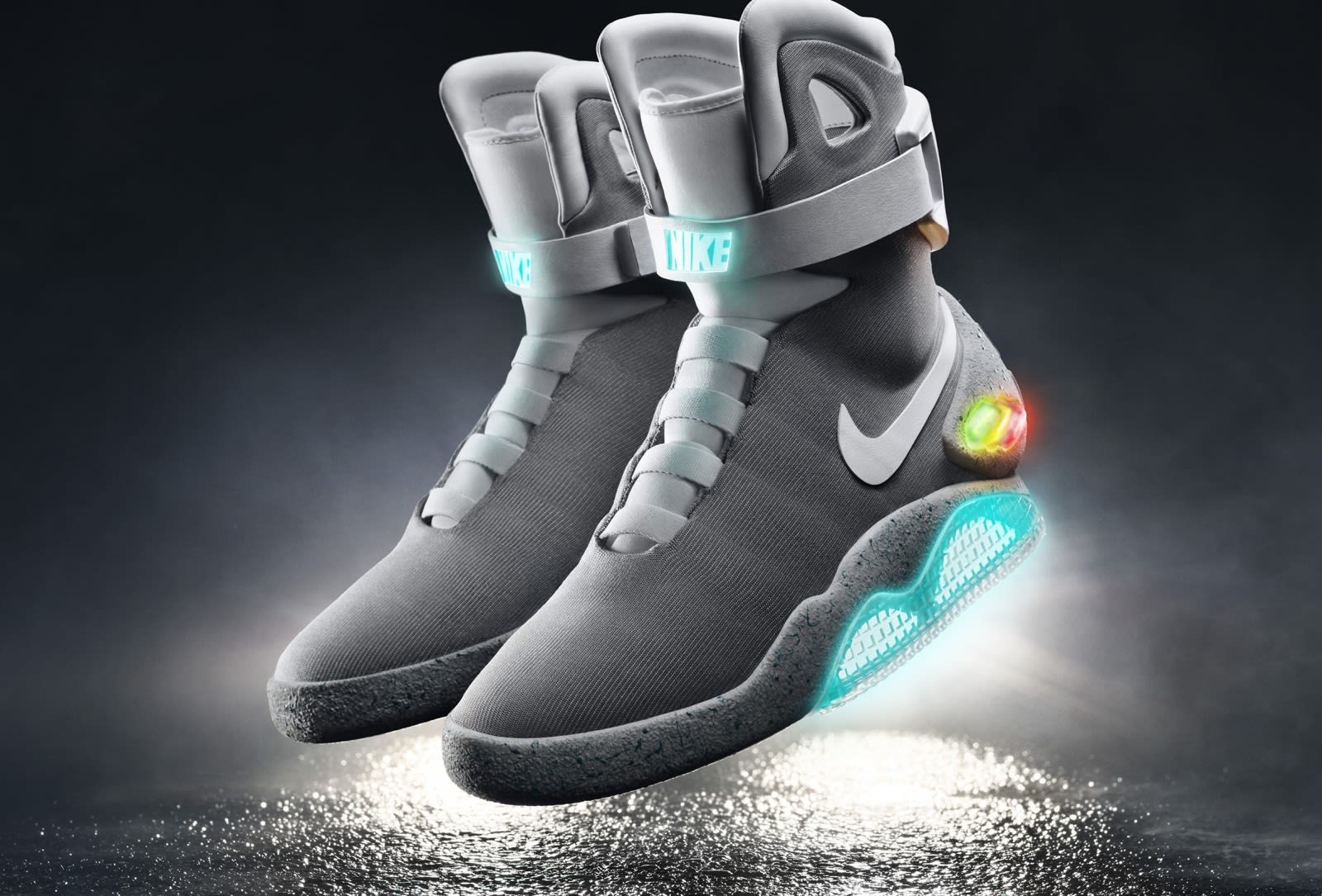 If you've always wanted to play basketball in a pair of self-lacing shoes like Marty McFly's Nike Mags, you will get your chance next year. On the company's quarterly earnings call executives revealed plans for an "Adaptive" performance basketball sh...
If you've always wanted to play basketball in a pair of self-lacing shoes like Marty McFly's Nike Mags, you will get your chance next year. On the company's quarterly earnings call executives revealed plans for an "Adaptive" performance basketball sh...